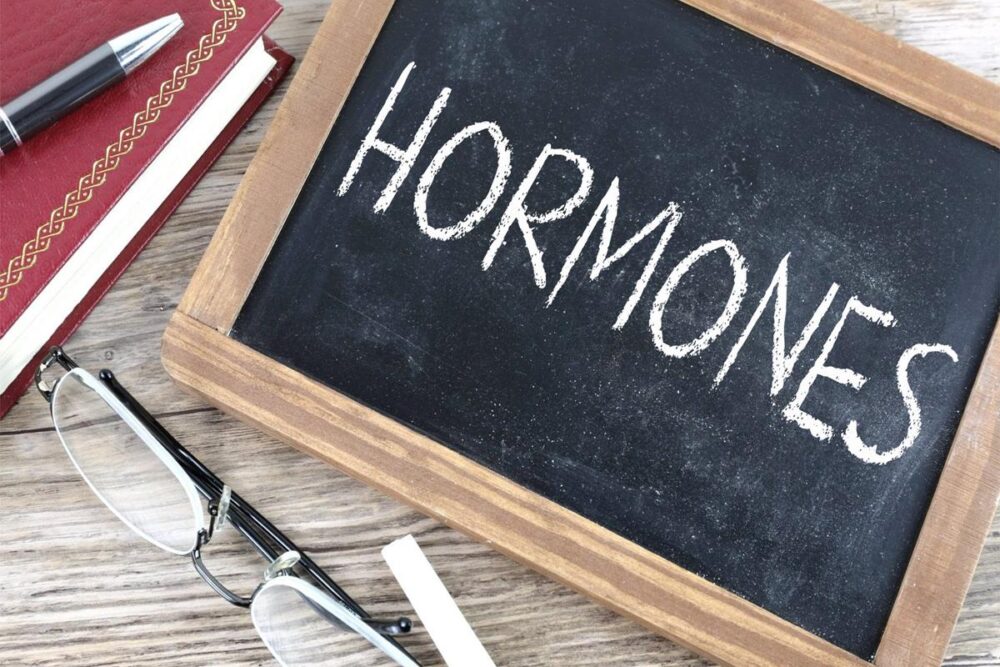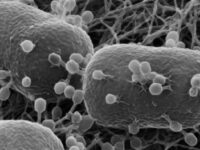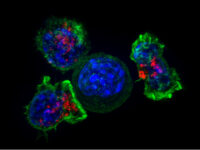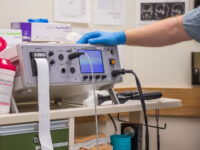Growing older is a blessing for many, but it doesn’t come without its downsides. Nicknamed “second puberty,” menopause happens between the ages of 45 and 55 for those with female reproductive systems. It is the body’s way of telling reproductive organs their job is done. Many women struggle with carrying out daily activities, yet 73% do not treat their symptoms. Although it is a natural process of aging, symptoms such as hot flashes, thinning hair, dry skin, slow metabolism, mood swings, vaginal dryness, and sleep disturbances can be debilitating.
Hormones, the chemical messengers that aid in growth and development, are to blame for such somatic chaos. Estrogen and progesterone are unique to the female reproductive system, but during menopause, those hormone levels drop sharply. The rapid loss of estrogen increases the risk for osteoporosis and heart disease, but some argue that hormone replacement therapy, or HRT, may be the solution. HRT replenishes the body’s depleted levels of estrogen by supplementing estrogen — often combined with progestin — orally, transdermally, or vaginally. By 1999, 38% of postmenopausal women reported using HRT, but the drug market sales fell after a 2002 clinical trial by the Women’s Health Initiative was truncated due to concerns of increased cancer and heart disease. Adding to the public’s confusion, a 2017 study found that HRT had no impact on mortality. The question still remains: Is HRT worth it?
In regards to the controversial 2002 study, critics argue that the experiment did not use an age-representative sample. It is generally recommended for women to start HRT when they are below the age of 60 because the older individuals are more likely to have established cardiovascular disease. Because bone density loss is most significant at the onset of menopause, HRT is most effective if started within the first four years of symptoms.
“The rapid loss of estrogen increases the risk for osteoporosis and heart disease, but some argue that hormone replacement therapy, or HRT, may be the solution”
In an effort to retain their “femininity,” women in the past took estrogen supplements to stave off the effects of aging. For those with an intact uterus, progesterone was added to their therapy regimen to prevent uncontrolled endometrial lining growth. To this day, most women take their HRT orally or transdermally. As more research is conducted, it seems that the most important factors to consider when it comes to starting HRT is age, health conditions, dosage, and family history.
HRT maintains bone density and reduces the risks of fractures and osteoporosis. One of the most common symptoms of menopause, hot flashes, were reduced by 87% under HRT. As a result, women’s mental health often improves when their physical health improves. It is important to note that HRT tends to be more effective for those who have more severe rather than mild symptoms. Regardless, these promising results give women the potential to get their life back.
There are also different ways to manage menopausal symptoms and aging in general. Smart lifestyle choices such as eating a balanced diet, exercising, or abstinence from tobacco and alcohol have been shown to alleviate symptoms. Prescription medications might also help with symptoms and hormone balance. For those who are younger than the typical menopausal age, consuming enough calcium during growth helps reduce the risk of osteoporosis. However, HRT is a great option for those who already exhausted other means of relief.
Although HRT is currently the most effective treatment, it is highly individualized to a patient’s medical history. Nonetheless, as new doctors graduate, there is hope in the future of women’s healthcare. HRT is just one achievement that has the potential to improve the lives of older women — and healthy women are happy women.






